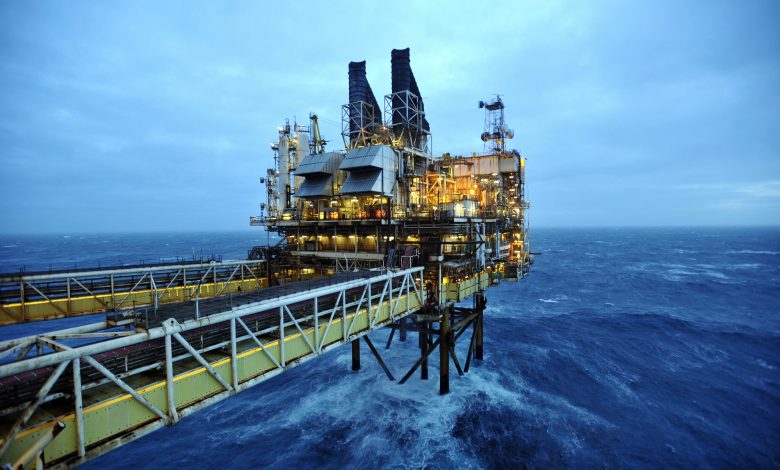As oil prices tank, BP CFO warns demand could be negative in 2020

[ad_1]
A general view of the BP ETAP (Eastern Trough Area Project) oil platform in the North Sea around 100 miles east of Aberdeen, Scotland.
Getty Images
Demand for oil will likely be negative in 2020, adding further downward pressure to plummeting prices, according to BP CFO Brian Gilvary.
Around the time of its earnings report in early February, the energy giant anticipated that demand would weaken by around 300,000 to 500,000 barrels a day.
But on Monday, Gilvary told CNBC’s “Squawk Box Europe”: “If you ask me that question today, it is more like flat demand year-on-year, maybe even negative demand – we will probably likely see negative demand this year.”
This would mean that demand for oil actually contracts this year — a very rare occurrence — rather than just growing at a slower rate than previously expected.
The combination of an unfolding price war between oil production giants Russia and Saudi Arabia and concern over a potential demand shock from the global coronavirus pandemic have hammered oil prices in recent weeks.
International benchmark Brent crude was trading down 9.3% at around $30.70 per barrel on Monday afternoon while U.S. West Texas Intermediate (WTI) dipped below $30 a barrel to $29.50, down 6.8%. So far this year, Brent and WTI are down 53.8% and 52% respectively.
The tension between OPEC kingpin Saudi Arabia and non-OPEC leader Russia arose after a recent breakdown in negotiations over oil production cuts in response to the outbreak. Riyadh subsequently vowed to ramp up production at sharply discounted prices for April.
Gilvary suggested that activity beyond this year would depend on what “the new normal” becomes for businesses.
“We have got a demand side shock and then you also have the combined issue of a significant amount of oil now coming on the market in April, so the direction of the oil price can only go in one direction, and that is down,” he said.
Gilvary said that at present, BP was starting from a “much stronger financial position” in terms of costs and capital flexibility than when Brent prices fell to $28 per barrel in 2016.
“In our targets for 2021, we had the company balanced at around $40 per barrel Brent, which was the key five-year target we put in place four years ago. We are on track for that,” Gilvary said, adding that BP’s capital was currently running at around $15 billion and could be taken down by up to 20% this year if necessary.
Source link





